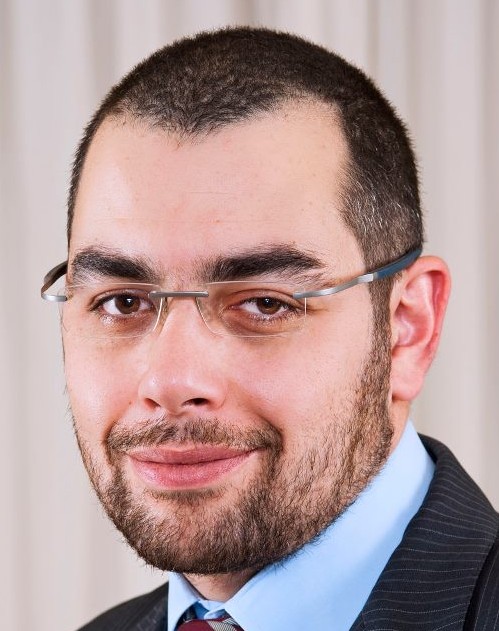
As I watched news coverage of Egypt’s constitutional referendum, I am constantly inundated with this urban legend that has surfaced following the polling regarding the absence of young voters. Interim President Adly Mansour has recently held a meeting with the youth to discuss this theme; around the same exact time, presidential political adviser Mostafa Higazy held a news conference describing this very issue as a myth fabricated by the Muslim Brotherhood. Alright, so now the president has held a four-hour meeting with the youth to discuss a myth? I have decided that this has gone as far as it could go. What is it with all the hoopla surrounding this issue? How true is it?
First, let us agree that obtaining any figures whatsoever concerning age segmentation on this referendum is virtually impossible. There are only two possible sources to ascertain or debunk this theory. There is exit polling, which we had none throughout all polling stations in a manner that would enable us to come up with such assumption. There is also no analysis done of actual attended voters age profile because given the heavily manual process such undertaking will be a nightmare. Save the TV shots originating mainly from greater Cairo, let us agree that it is all speculation at this stage.
Second, by looking at the demographics of Egypt, we note that roughly 38% of the population is between 25 and 54, and 11% of the population is older than 55. Therefore, to reach a 38% turnout, there had to be a sizeable contribution derived from those who are under 30 years of age. How much that contribution is precisely is simply unknown.
Third, even if we were to go with the assumption that youngsters were under represented in this polling, we haven’t really unearthed the Holy Grail here. They are indeed underrepresented in virtually all democracies. Note the “Grey Vote” effect in the UK where those above 55 typically account for 40% of the vote. Even in the US’s last presidential elections, voters age 45-65 made up 40% of voters, while they make only 20% of the population.
What is truly in effect in our case is what is commonly known as confirmation bias; this is a psychological phenomenon where people tend to favour information that confirms or supports their existing beliefs and ignore or discount information that contradicts their beliefs. The real issue here is that we believe that we have a youth integration issue, which could be partly true. However, in the absence of thorough analysis and one that considers comparison of voters’ age across several elections, we risk hitting false alarms. We do have an opportunity here to add some simple measurements in place to our polling system to make it less vulnerable to such wild claims. We also must develop a habit for having some frame of reference to back our judgments with data because, in the absence of data, everyone is correct.








